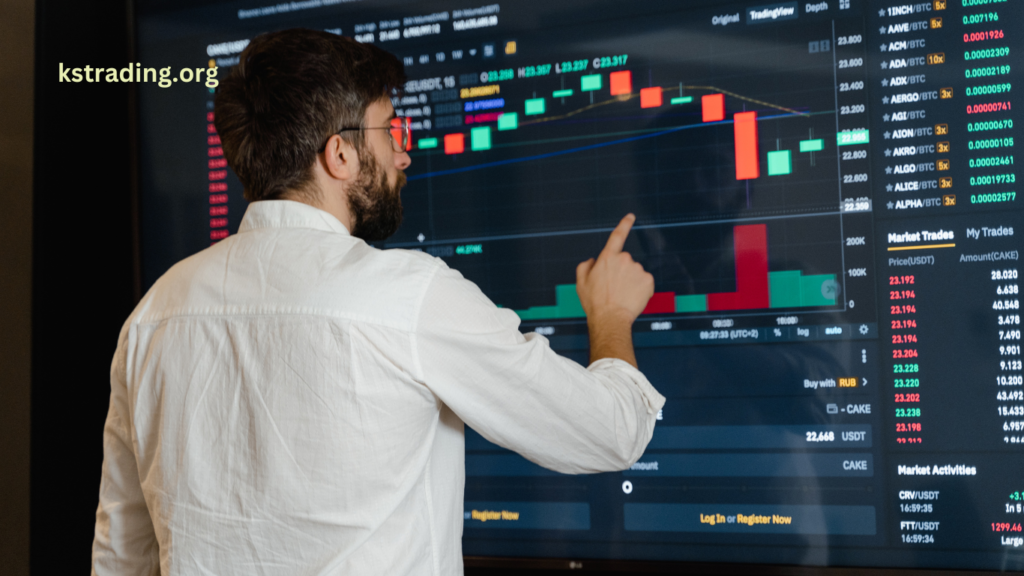Understanding Spot Trading
Spot trading is a fundamental concept in the financial world, particularly in cryptocurrency and stock markets. It involves the immediate buying and selling of assets at the current market price, known as the spot price. This method is straightforward and appeals to both beginners and experienced traders.

What Is Spot Trading?
Spot trading refers to the purchase or sale of financial assets, such as stocks, commodities, or cryptocurrencies, with the settlement occurring “on the spot” or within a short timeframe. In the crypto market, it allows traders to exchange one cryptocurrency for another or for fiat currency at real-time market prices.
Key Features of Spot Trading
1. Immediate Settlement: Transactions are settled instantly or within T+2 days (depending on the market).
2. Market Transparency: Prices reflect the current market demand and supply.
3. Direct Ownership: Buyers gain immediate ownership of the assets they purchase.
4. Low Complexity: Suitable for traders who prefer straightforward trading strategies.
How Spot Trading Works
1. Choose an Asset: Select the cryptocurrency, stock, or commodity you wish to trade.
2. Set Up an Exchange Account: Register on a platform like Binance, Coinbase, or Kraken for crypto spot trading.
3. Market Order Execution: Place a buy or sell order at the current market price.
4. Transaction Settlement: The trade is completed, and the assets are transferred instantly or within a short timeframe.
Advantages of Spot Trading
1. Simplicity: Spot trading is easy to understand and execute, making it ideal for beginners.
2. Transparency: Prices are determined by real-time market conditions.
3. Direct Control: Traders have full ownership of the assets after purchase.
4. No Expiry Dates: Unlike derivatives, spot trading has no contract expirations.
Disadvantages of Spot Trading
1. Limited Leverage: Unlike futures or margin trading, spot trading typically does not offer leverage.
2. Lower Returns for Short-Term Gains: Without leverage, returns are proportional to the investment.
3. Market Volatility: Sudden price fluctuations can lead to quick losses.
Spot Trading vs. Futures Trading Latest Trends in Spot Trading
1. Crypto Spot Trading Growth:
The popularity of cryptocurrency spot trading is rising due to the increasing number of retail and institutional investors entering the market. Exchanges like Binance and Coinbase report higher trading volumes in spot markets compared to derivatives.
2. Introduction of AI Tools:
Advanced tools powered by artificial intelligence now help traders analyze market trends and execute spot trades more efficiently.
3. Integration with Decentralized Exchanges (DEXs):
Platforms like Uniswap and PancakeSwap offer decentralized spot trading, allowing users to trade directly from their wallets without intermediaries.
4. Multi-Asset Spot Trading Platforms:
New platforms now offer spot trading across various asset classes, including stocks, crypto, and commodities, under one interface.
Strategies for Spot Traders
1. Buy and Hold: Purchase assets and hold them for long-term gains.
2. Scalping: Take advantage of small price movements over short periods.
3. Range Trading: Trade within identified support and resistance levels.
The Future of Spot Trading
Spot trading continues to evolve with advancements in technology and market accessibility. As blockchain adoption grows, decentralized spot trading is expected to gain traction, offering greater transparency and security. Moreover, AI and machine learning tools will play a pivotal role in shaping the future of trading strategies.
